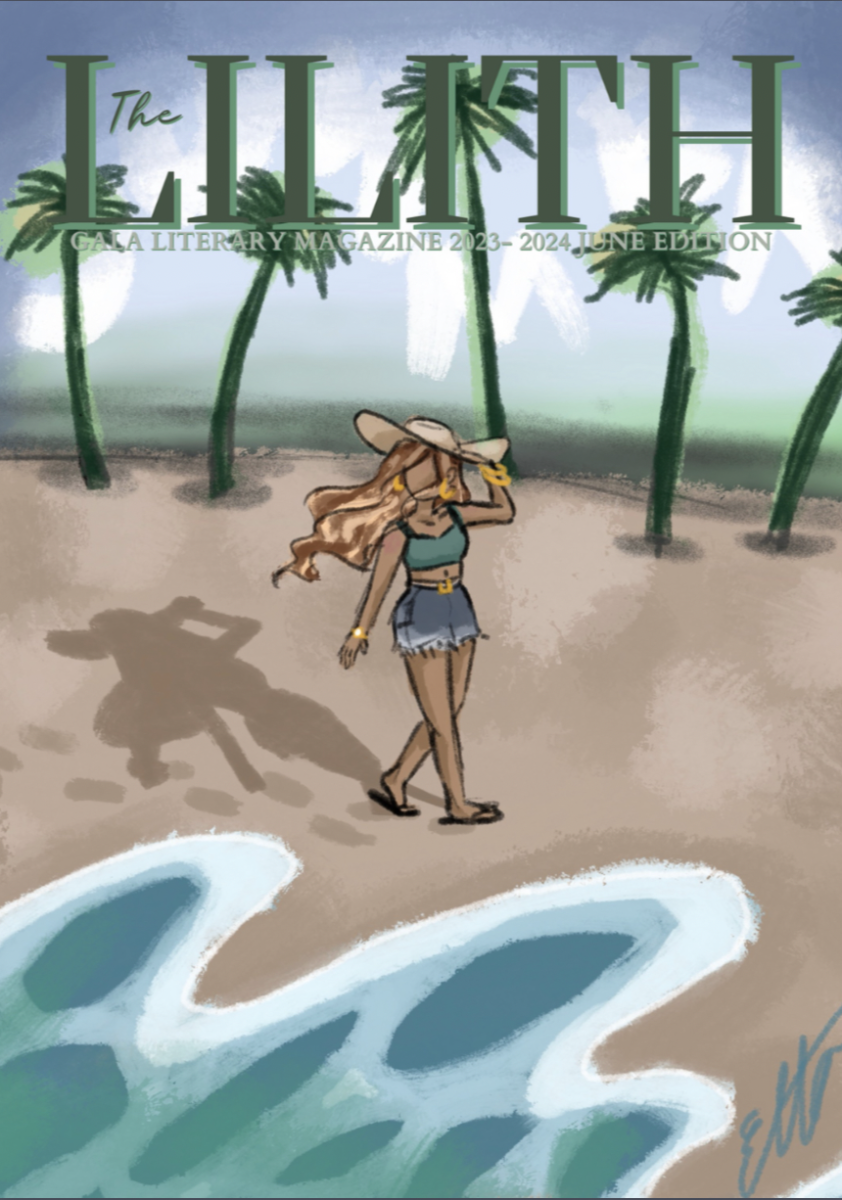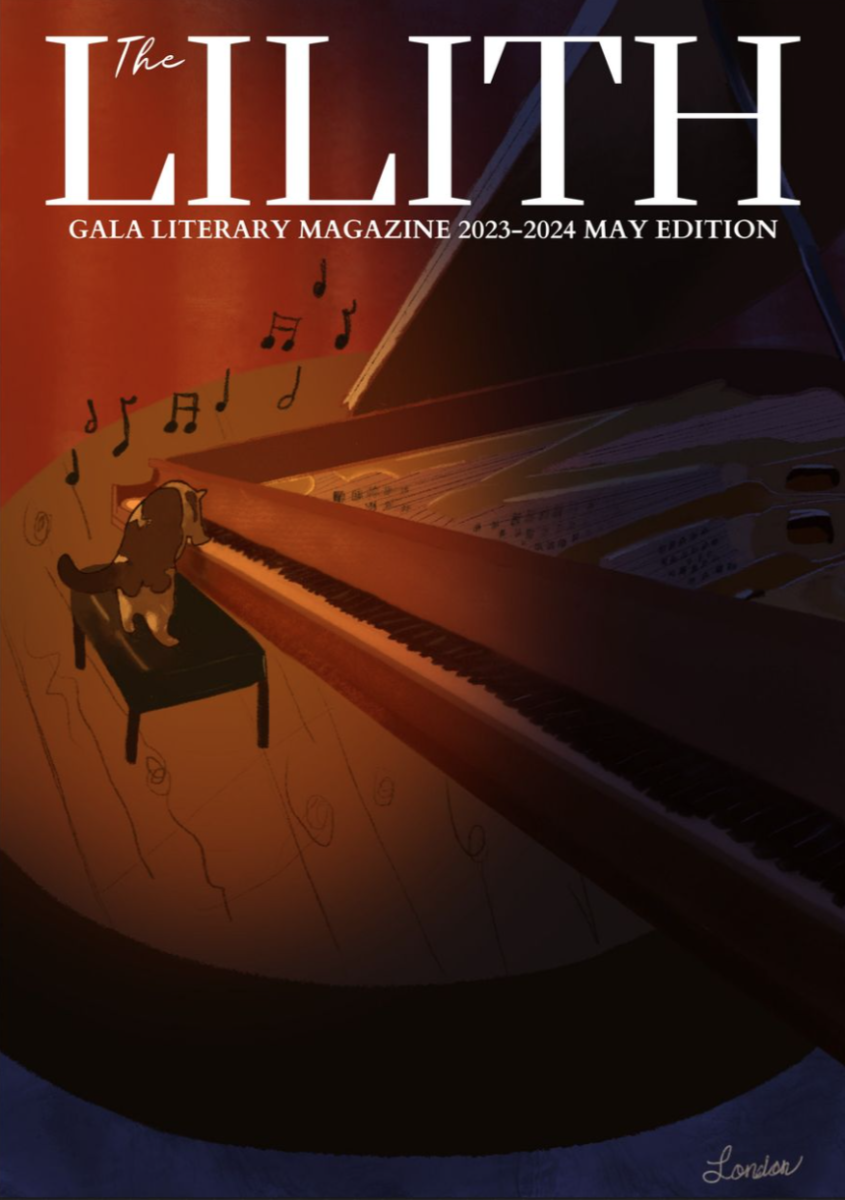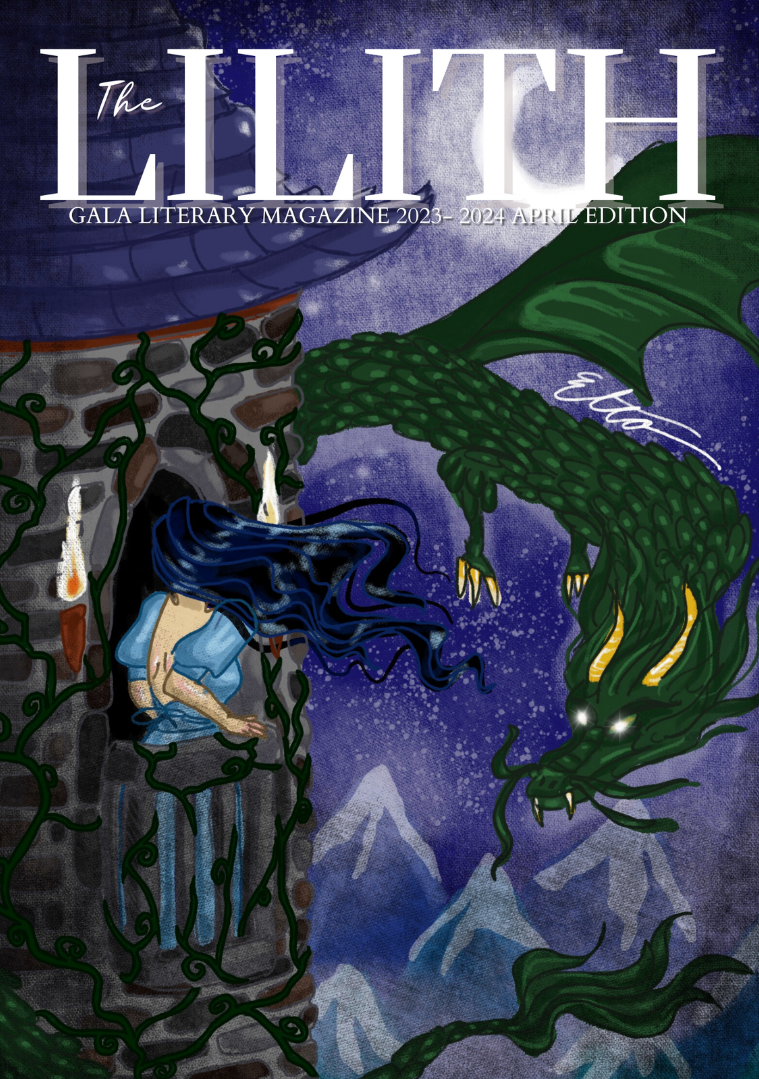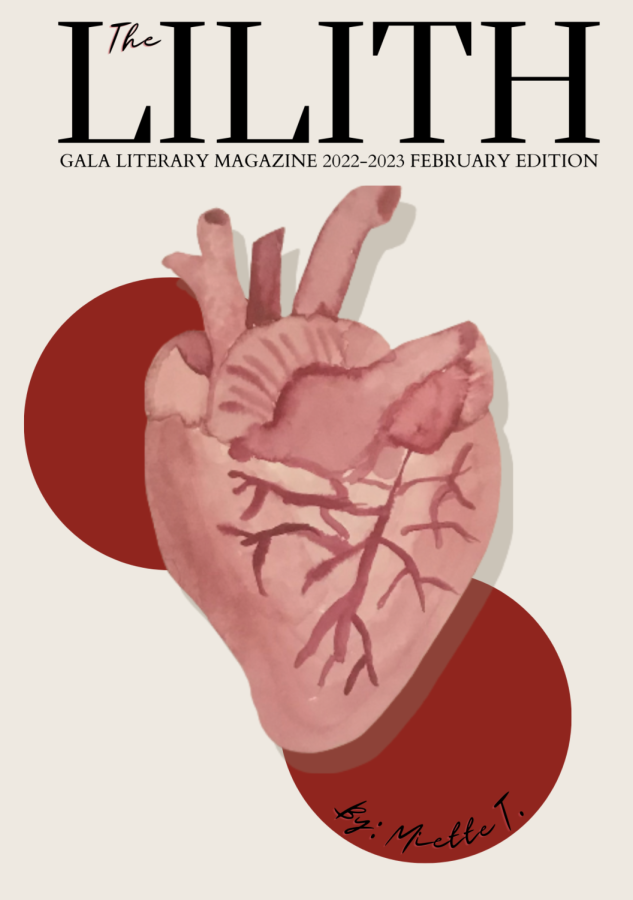The Ides of March: a beginner’s guide to Shakespeare
This month marks the anniversary of the ides of March – or March 15 – a day when Roman dictator Julius Caesar was stabbed to death by his senators. The story of Caesar’s assassination has been told many times and in many different forms, but one of the most famous was William Shakespeare’s play, “The Life and Death of Julius Caesar.”
The play, one of Shakespeare’s more well-known tragedies, tells the story of Caesar’s assassination and the events following. The phrase “Et tu, Brute? (and you, Brutus?)” originated in this play, and has since been used as an expression of betrayal. However, that isn’t the only phrase that was popularized or invented by Shakespeare. According to NoSweatShakespeare, “wild goose chase,” “all the world’s a stage,” and “wear one’s heart on one’s sleeve” all had their first mentions in Shakespeare’s plays.
Throughout his life, Shakespeare wrote at least 37 plays and contributed to many more. These plays are typically divided into three categories: histories, tragedies, and comedies. Seventeen of those plays were comedies, including “A Midsummer Night’s Dream” and “Much Ado About Nothing.” He wrote 10 histories, but several of those were multiple parts to the same play. “Romeo and Juliet,” “Macbeth,” and “Hamlet” are some of the most well-known tragedies.
Shakespeare’s works have often been praised for their complex and flawed characters, many of whom can hold the audience’s sympathy even after multiple morally dubious acts. His stories have been retold in many different settings.
The Royal Shakespeare Company had an income of $53 million (GBP) in 2018-19. His works were made for the stage and there are numerous adaptations available on many different streaming services.
Still, if Shakespeare was such an influential playwright, why is it so hard to actually read his plays?
One of the main reasons was the style he wrote in. According to the Shakespeare Birthplace Trust, Shakespeare was born in Stratford-upon-Avon in April 1564 and died in 1616. Unsurprisingly, language has evolved since then. Shakespeare’s plays are riddled with the usage of thou and thine: archaic second-person pronouns that mean the same as “you” and “your.” The word choice can also be confusing: wherefore means “why?”, ‘ere means “before,” and doth means “does.” Definitions for more uncommon words can be found in StageMilk’s “Common Shakespeare Words Explained.”
Most of Shakespeare’s works are also written in iambic pentameter, a rhythm that consists of “five iambs in each line, like five heartbeats,” according to LiteraryDevices. An iamb is a beat consisting of one unstressed and one stressed syllable. This gives the text a natural flow when read out loud, at the cost of a straightforward sentence structure.
Between its old-fashioned vocabulary and the poetic nature of the writing, much of Shakespeare’s literature can be difficult to read through. Luckily, many dedicated people have created side-by-side analyses of Shakespeare’s texts and more understandable English. No Fear Shakespeare has translations for 24 plays available online.
Once you have a clearer understanding of the text, Shakespeare’s plots are all worth reading. His comedies often feature mistaken identity, fantastical elements, and happy endings. His tragedies have tragic heroes, revenge, and fate. Both, however, often feature star-crossed lovers.
So, next time you’re faced with a Shakespearean passage, be it for school or personal enjoyment, don’t turn away at the first “thou” or “thine”. Give it a second read instead, and see what is really being said.

Petra (they/them) is currently a junior at GALA and the co-copy editor for The Echo. In their free time, they enjoy writing, drawing, and playing video...




























































































